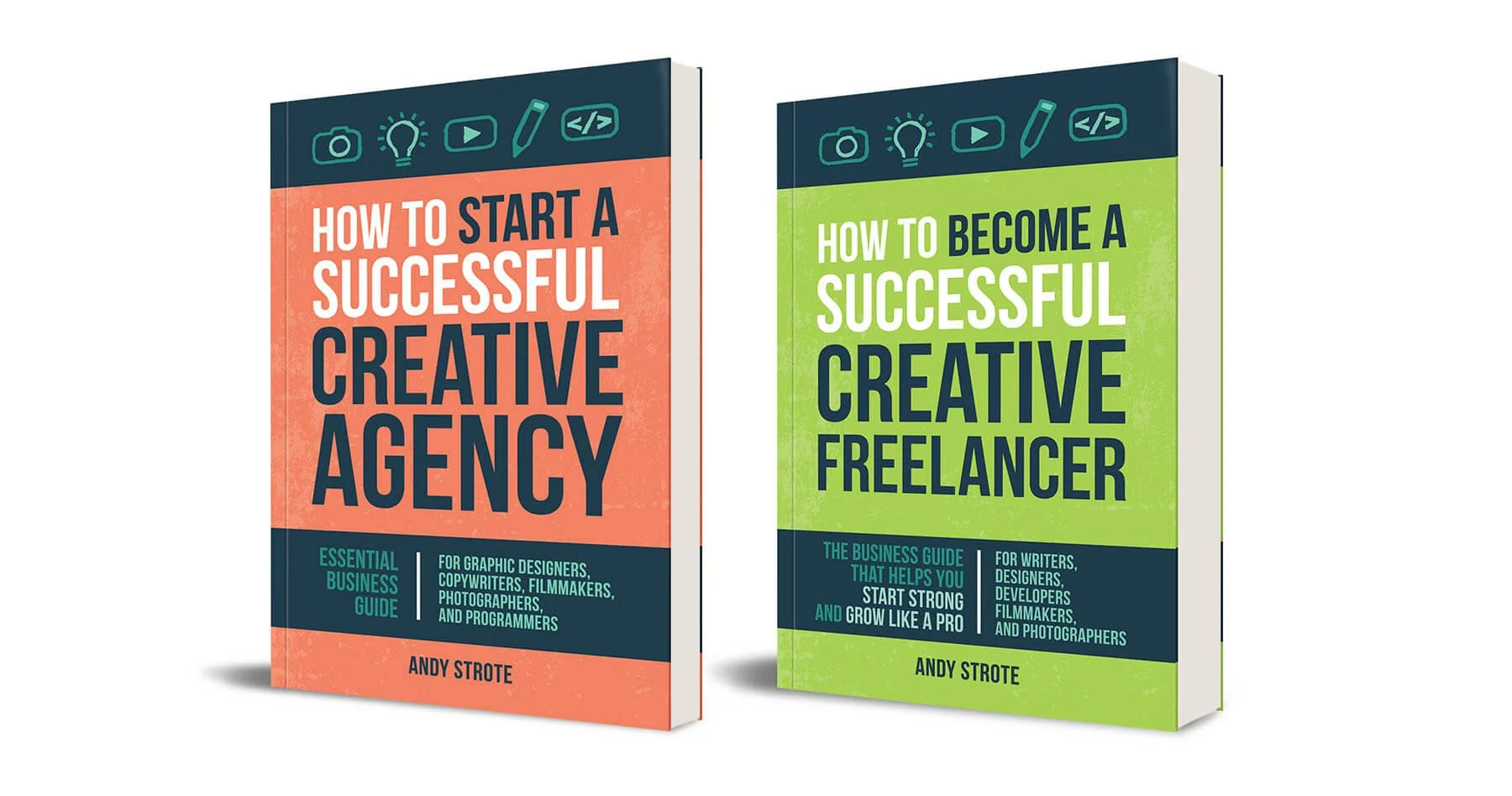The Art of Note-Taking: From Chaos to Clarity
Photo by Glenn Carstens-Peters
Taking notes can be a lifesaver for freelancers and project managers in small agencies.
There are two critical times when you should take notes:
1. Take notes when you get a briefing.
If you've read the brief and have questions, take notes. If anything seems vague, note it for follow-up.
2. Take notes every time you get revisions from the client.
Your notes should clarify and organize the revisions so that you or your agency can take the next steps.
Think Like a Project Manager
If you're a freelancer, you are your own project manager. It's just one of the many hats you wear.
If you're a partner in a small agency, you will likely have one or more dedicated project managers on staff.
In either case, expert note-taking is a critical function of a project manager.
Notes minimize the risk of miscommunication. They provide a written record of the client's requests and enable you to refer back to them if any confusion arises.
This helps prevent misunderstandings and ensures that both parties are on the same page.
Take Notes When You Get a Briefing
Let's say you get a client brief by email. From that brief, the client expects you to create an estimate/proposal.
Your first job is to review the brief and ensure it has everything you need to create that estimate.
What are you on the lookout for in the client brief? Mostly missing information and clarification.
Here are the common items you should find in a brief:
A clear description of the project. If you have questions about the description, make a note. In my experience, briefings are often general and require more detail.
At this stage, it's tempting to make assumptions, thinking, "I know what they mean here." Don't do that. Make a note and get answers or confirmation from the client.
Due date. You might look at that date and realize that there are critical milestones along the way.
Those milestones might require fast approvals from the client so you can move forward and meet the due date. For example, you want client approval on initial layouts before moving to final art. Make a note and share it with the client. Do they know they need to give you approvals within two days?
Depending on how you write your estimates, you may want to break out these milestones and attach budget figures.
Target audience. If you have any questions or thoughts about the audience, put them into a note. We frequently had projects that only identified one primary target audience. However, it seemed obvious to us that a few secondary audiences should also be addressed. It's worth noting to get client feedback.
Your ultimate goal is to have a clear and thorough brief so that you can provide an estimate to complete that project.
Organize your notes and then send them to the client for feedback. Find an efficient way to integrate any new information into the brief.
With a detailed brief, you can give a more accurate estimate.
Here's how to increase your billing with detailed estimates.
Detailed Notes For Client Revisions—A Lifesaver
Let's face it, client revisions can be a mess. They come in from a few people, they contradict each other, they dribble in one at a time.
Making and organizing notes during revisions saves time and headaches. By recording these details, you can manage your workflow and prioritize tasks.
Written notes also help prevent scope creep. At the revision stage, projects often grow. Your notes can help corral that growth or point out that extra work will require an additional estimate.
Here's how to prevent scope creep and get paid what you're worth.
Use Notes to Check Your Work
We're often in a hurry. We get client revisions and need to turn them around quickly. Writing notes as a checklist helps you catch everything you discussed.
It's inefficient to complete 80% of the revisions (because you overlooked the others), and then go back and finish the rest in another round. You also look sloppy in front of the client.
When you send back revisions, you can use your checklist to review them with the client. They'll see that you're in control of your processes.
Avoid "He Said, She Said"
Some clients like to tell you things on the phone or in person. They should give you written briefs and revisions, but despite repeated requests, they don't.
The only answer (assuming you want to keep working with them) is for you to put this information into notes. You want clarity, you need approval, and you might have to ask for more budget.
The worst possible situation is that there are no notes, and you and the client have different opinions about what was required or approved.
Notes protect you. "Here's what we agreed to two weeks ago."
Notes Make You More Professional
Not just appear more professional but actually operate more professionally. Some people claim that taking notes slows them down, they're moving too fast for that.
Nonsense. Do it right the first time. Get it in writing so you're not re-doing it.
Finally, when the project is done, your written notes will provide a record of what happened. Bigger projects have a habit of morphing. It's essential to catch all the details along the way.
Your notes are proof of your professionalism and commitment to the client.
Your Notes Can Help You Improve Your Business
When the job is over, do a review.
Is there anything you can learn from your notes? Is there something in your notes you should incorporate into your processes?
For example, could you create a briefing template for clients to ensure you get all of the information you need to start a project? Could you make a checklist for yourself or staff? Could you streamline the revisions process?
There’s lots more about improving your business in my book, How to Start a Successful Creative Agency. It’s the essential business guide for graphic designers, copywriters, filmmakers, photographers, and programmers.
New Book For Freelancers
How to Become a Successful Creative Freelancer is the essential business guide for freelance writers, designers, developers, filmmakers, and photographers.
It’s broken down into easy-to-understand chapters with strategies and tips you can use today. Not just “what to do”, but also “how to do it”. It’s available now in Paperback and Kindle ebook on Amazon.
Want to Grow An Agency? The Agency Book is For You
If you’re thinking of growing an agency, you’ll want to read How to Start a Successful Creative Agency. Available at Amazon(Paperback & Kindle ebook), Kobo(ebook), Apple Books (ebook), and Gumroad(PDF).
Testimonial: I Love the Approach
“Purchased your book earlier today, two chapters in and I have no regrets. Excited to read the rest over the weekend.
I love the approach and honesty…”
Pascaline K, on Twitter
Get a FREE Chapter of The Book Now
Sign up below to get a free PDF of Chapter 14, Working With Clients.
This chapter covers essential areas such as Clients vs. Projects, Corporate Clients vs. Small Business Clients, How to Create an Opportunity Document, Benefits of Finding a Niche… and much more.
Questions? On Twitter, I’m @StroteBook. DMs are always open. Ask away.

